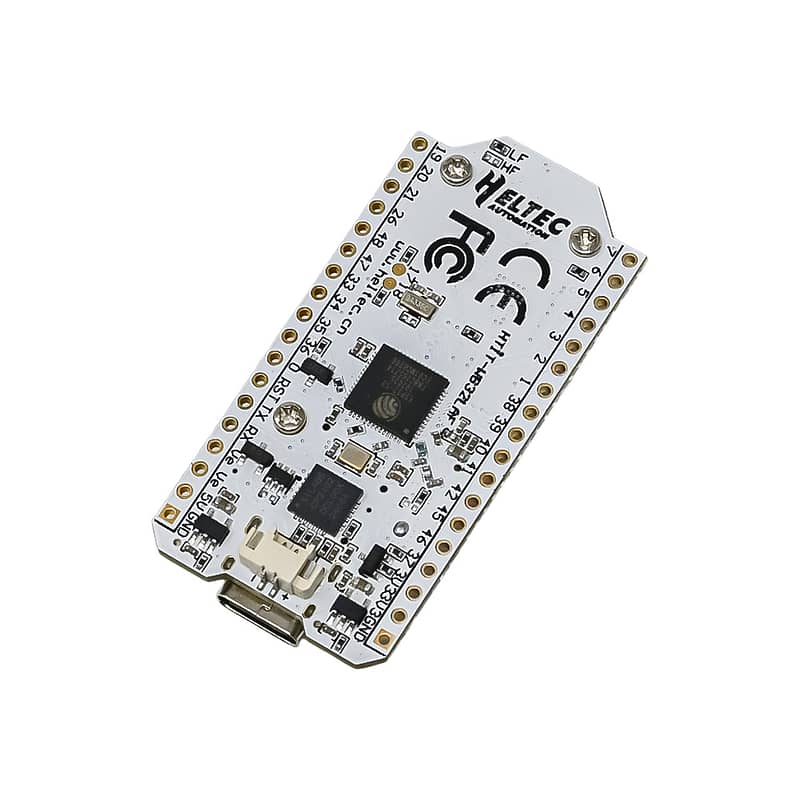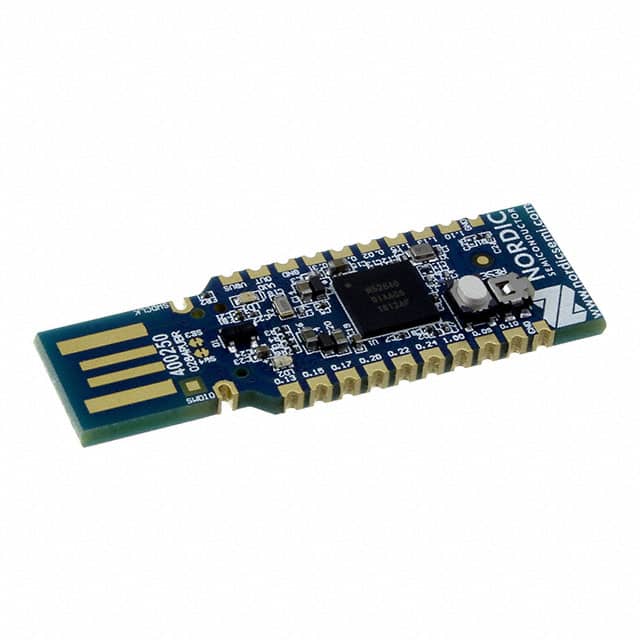
Unlocking the Hidden Potential of Lava Tubes
NASA’s Jet Propulsion Laboratory is advancing robotic technology that could change how we explore and settle other worlds. Using Mars-like lava caves in Lanzarote, Spain, researchers tested how autonomous rovers can work together to access and map underground environments. These natural tunnels could become key sites for human bases on the Moon or Mars. They offer protection from radiation, extreme temperatures, and micrometeorite impacts. The trials show how robotic teamwork can make these sites accessible for science and habitation.
Why Lava Caves Matter for Space Habitats
Lava tubes form when molten rock flows beneath a cooled crust, leaving hollow tunnels. On Mars and the Moon, these structures could provide stable environments for long-term human stays. They may also preserve signs of past microbial life. Exploring them is challenging and risky for astronauts. Rovers provide a safer, more cost-effective alternative. The tests in Lanzarote simulated the terrain and access challenges likely to be faced in extraterrestrial caves. This work moves planetary exploration beyond surface missions and towards long-term underground infrastructure.
How the Multi-Rover System Works
The mission used a heterogeneous team of three specialised rovers. SherpaTT handled heavy loads and served as an anchor during rappelling. Coyote III was small, agile, and able to descend into vertical cave shafts. LUVMI-X mapped the surrounding area and deployed sensor packages. The system worked in four phases. It began with mapping the skylight entrance, followed by deploying a sensor cube for internal measurements. Coyote III was then rappelled into the cave for detailed mapping before the team analysed the data for terrain features and safe access routes. This coordinated approach allows deeper, more efficient exploration than a single rover could achieve.
Overcoming Harsh Communication and Power Limits
Cave environments block line-of-sight communications. To solve this, the rovers used a tethered relay system and autonomous navigation to operate beyond direct control. Energy limits were also addressed through efficient route planning and shared power systems. These capabilities are essential for real missions, where resupply is impossible and autonomous decision-making must replace real-time human input. By combining mobility, mapping, and communication functions across multiple robots, the system reduced risks and increased the chance of mission success.
Measuring the ROI of Space Robotics
Developing multi-rover exploration systems is expensive, but the potential return on investment is high. The technology could shorten mission timelines by mapping and scouting ahead of crewed landings. It could also reduce risk by identifying safe zones and potential hazards before humans arrive. The same mapping, navigation, and autonomous coordination tools could be adapted for industries on Earth. Mining, disaster response, and underground infrastructure inspection could all benefit from the breakthroughs made in planetary cave robotics. Faster, safer surveys mean reduced operational costs and fewer human risks.
Bringing Multi-Robot Innovation to Your Business with Mendy’s
The autonomous coordination methods tested by NASA have direct applications beyond space. Mendy’s Robotics and AI services help businesses adopt cutting-edge robot teamwork for real-world operations. From underground mapping to hazardous site inspection, our consulting team can evaluate how these advanced systems can deliver safety and efficiency gains. Contact Mendy’s to explore how multi-robot intelligence can transform your next project and suggest the technologies you want to see covered in future insights.
References




